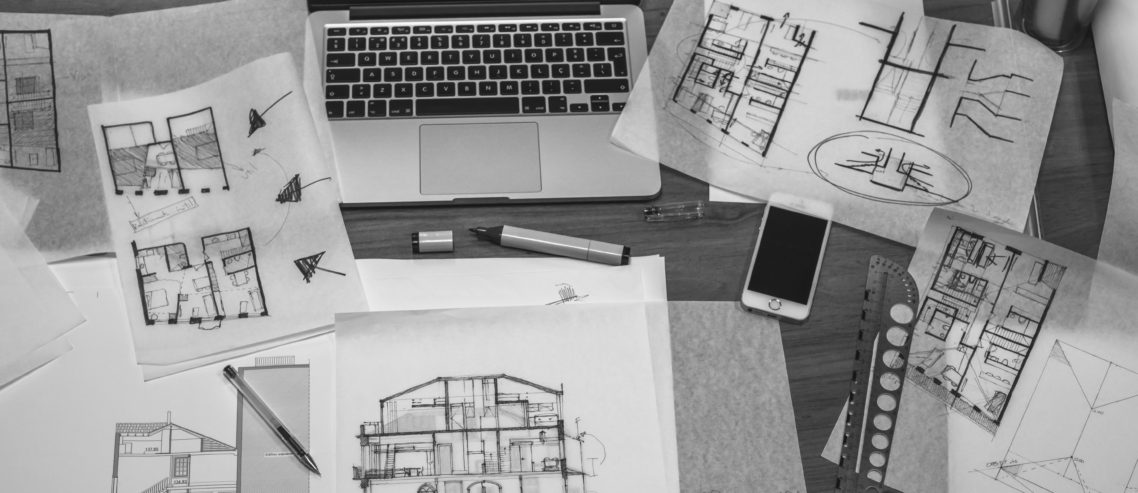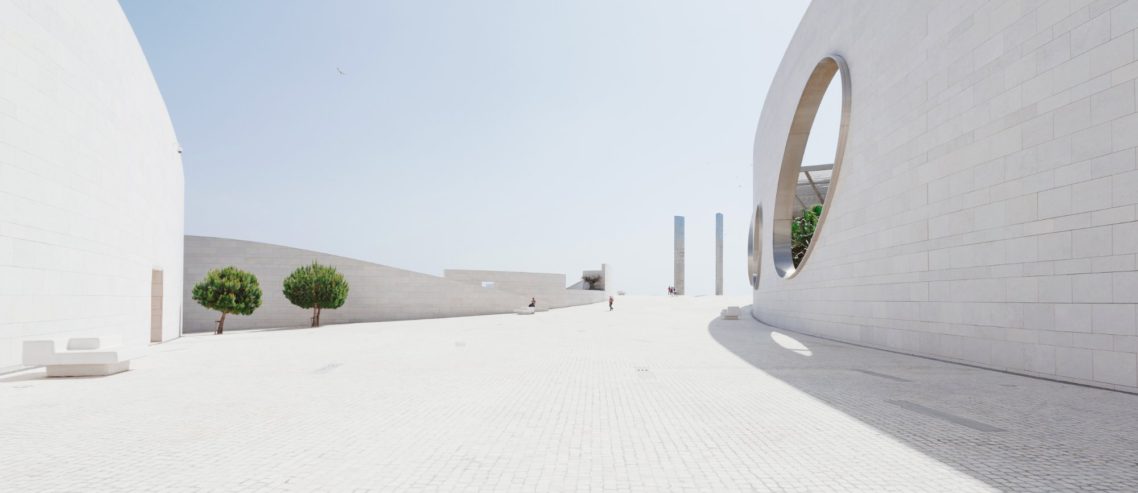10 Things To Consider While Designing Your Home Interior

1. Space Management
The most critical component of home Interior Design is SPACE itself! Sounds obvious, but often not given its due priority. Space is what’s left off after filling in Furniture, Storage and Utility dimensions of a home. The default approach of Space Optimisation is…. filling it up! Right? NO! Intelligent Design is SAVING space without compromising on utility and storage value. This is the subtle part of the equation.
2. Storage and Utility
The second most critical component (though most people consider this as THE most critical since that’s what one pays for!) is the ‘Functional Value’ of the real estate space. Design Intelligence involves maximising and prioritising this dimension. One must ask herself (himself) “how much is enough?” here, so that one can claim valuable SPACE from the real estate. This nothing-ness is what one pays for… honestly.
3. Aesthetics – Colours and Textures
Third priority? Really? (Designers won’t agree with this) YES whether we like it or not Aesthetic Consideration is after Space and Utility. Don’t agree? Visit Dharavi (in Mumbai). This is where the personality dimension of the ‘inmate/s’ really finds an expression. Each one of us is unique and rightfully our space should capture that. Good design is not the same as matching your toe nail colour with ear-rings! (Apologies in advance). The key word here is BALANCE. If one wants to err on a safer side – less is (always) more.
4. Sourcing & Outsourcing
Now we get to the start of the grind. Right from finding the right Designer/Professional (or simply avoiding one) to getting things done, up to moving into your dream space is nothing short of an adventure. This part of getting a home interior designed and executed can be either stressful or enjoyable depending on the home owner’s nature. Our endeavour as concerned designers is to pave this journey to be most effective in terms of cost, time and ease to the home buyer. Hiring designers and getting a home interior can be an expensive affair, given the fact that one has already spent (a lot of) money picking up the right property, having to spend another fortune on interiors can be daunting. There are however easier and less expensive ways to achieving the same (well almost) results.
5. Managing Your Project
You are (like it or not) the CEO of your home interior project. Whether you have professional help at hand or are the ‘DIY kind’ you have to accept this role. It is not just picking-choosing your furniture etc. from various locations or rolling your shopping cart across hyper markets or even clicking away at ‘on-line’ sites to order and get best deals. You may run into blind spots, if there is absence of sound advice here. I am not advocating that hiring designers is the only solution, however one needs to take informed calls as a self-appointed ‘Project Manager’. And believe me no paid manager is as good as you! When it comes to your home interior.
6. Budgeting and Cost Management
Some of us are naturally good at handling money on matters of ‘buying for home’. But a larger majority (either spenders or savers) are at the risk of faulty decision making. Budgeting involves careful understanding of ‘cost versus quality’ (there is a quality for every cost and vice-versa) and cost management involves both disciplined approach and contingency planning. Phasing out your costs is also a prudent approach, however it comes with the compromise of incomplete home.
7. Shopping – Pick and Choose
Assuming you have covered steps 1 to 6 diligently, done your budgeting and so forth you are ready for the most (or only) fun part of doing up your home – shopping! Again key words here are ‘Balance’ and ‘Discipline’ (of sticking to the plan). Google and yellow pages will help you to some extent, however you would always want some expert advice here (which is not ‘phone a friend’ or ‘ask your neighbour’ necessarily).
8. Review and Adjust
This is a corollary to the discipline of sticking to your plan! Yes one has to be flexible too during the process. Time, cost and quality drive our decisions however it is good to give importance to these in reverse order (quality first, cost next and time last). If a professional is involved it may be at times better to allow them to perform rather than butt in!!! …the opposite of managing your project.
9. Finishing Touches
Chances are everything has not gone as per plan. Chances are mistakes and mishaps have happened along the way. This step is to course correct, make good and maybe hide your errors. It may be reassuring to note here that this step is as good as garnishing your dish/icing the cake. Avoid seeking multiple opinions at every stage, generally all well-meaning friends and family are not experts. It is natural for well-wishers to appreciate the home irrespective of whether it is good, bad or anything in between… that’s modesty.
10. Closing Out and Maintenance
Assuming it is human nature to start well and end poorly, one needs to bring in the ‘discipline’ dimension here again to bring matters to a closure. Minimising maintenance however is not something that comes at the end, it is very much a part of every decision making step. A few simple timely steps can make the experience of moving-in or living-in joyful.
Finally enjoy your space every moment of your presence there and wish all of you who are planning home interiors and moving-in, a very smooth and enjoyable journey. Cheers!




